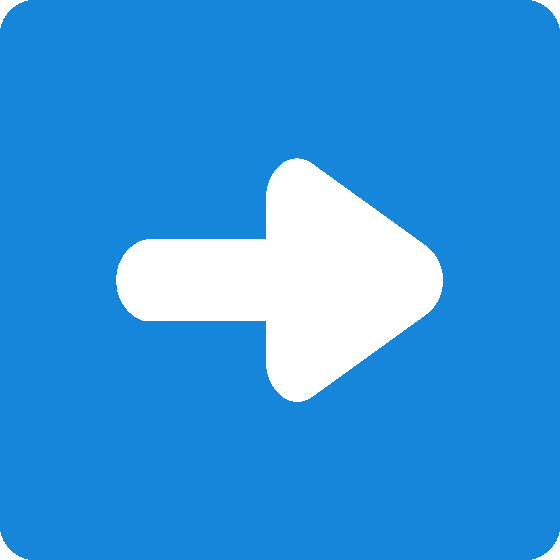|
|
||||||||||||||||||||
.
Fingering Patterns
|
|
 |
 Study Tips
Study Tips
What is Melody?
Melody is an expressive sequence of notes and the salient component of a song. For example, the tune you sing in the shower is a melody. Still not sure what melody is? Watch this video for more details:
What is Melody? | Professor Frary (7:05)
Walkin'
You've memorized the new notes—E, F and G—so now put them to use. Your first piece, Walkin', is written in staff notation (notes), tablature (TAB) and chord symbols. Start with the melody—the part written in notes and tablature. Pluck the notes by alternating strokes between the middle and index fingers (m-i).
Listen to the Track
Watch the video to familiarize yourself with the sound and feel of the music.
Walkin' (Study No. 1) | Melody demonstration with chords.
Use Audio Tracks to Play Better!
Here's how to use the audio track to improve your playing:
- Study the lesson and learn the new notes and techniques.
- Listen to the track to get a feel for the piece and form practice goals.
- Practice the piece until smooth.
- Finally, play with the audio track to shore up rhythm.
Most chapters contain audio players with multiple versions of the assigned piece. For example, an audio player with melody only and another player with melody and chords. When learning the melody, use the melody only player. When working on chords, use the player with melody and chords.
Play along with the audio track below. Doing so will help you connect with the music and keep the beat.
Play the Melody Now!
Practice the melody of Walkin' until smooth and aligned with the beat. Read the music—don't depend on copying finger movements in the video.
Walkin' | Melody only. Play along!

Once the melody of Walkin' is smooth, work on the chords.
 Chords
Chords
Role of Chords
Chords are used to support and accompany the melody of a song. In other words, a harmonic and rhythmic backdrop for the melody. Chords should be played softer than the melody, allowing the melody to stand out.
Walkin' Chord "How to" | Tutorial by Peter Kun Frary
There are four chords in 'Walkin': C, Am, Dm and G7. You already know Am from Exercise 4, so you have three new chords to learn:

Don't merely read the diagrams: memorize chord names and shapes. Memorization is enhanced by saying chord names aloud while playing.
Simple Strum 2/4
Play the chords using Simple Strum 2/4: strum on beat 1 in every measure (every two beats). Count 1-2 aloud so you can place the strum on beat 1:
Simple Strum 2/4 | Strum on beat 1 in every measure.

Most chords in Walkin' change once per measure (every two beats). However, the second to last measure has two chords—Dm and G7—one on each beat. You'll need to strum twice in that measure: Dm on beat one and G7 on beat two.
Dm to G7 | Use two down strums in the second to last measure.

Spend extra time practicing the transition between the Dm and G7 chords. Both chords share a common note—F on the first fret of the first string—and the transition is easier if that note is left down during the transition.
Video
The Frary Guitar Duo plays Walkin' slower in this video than on the audio track, and this version is different harmonically (Em used in place of Am), but you may prefer the more relaxed tempo to guide your melody practice.
Walkin' (Study No. 1) | Frary Guitar Duo
Need Help?
Do you need help? Don't be shy about asking questions. For guitar issues, make an office or Zoom appointment and we'll help you figure it out.
Download | Study No. 1, Walkin' PDF
Download | Guitar Note Chart PDF
Answer
The note is F.
Vocabulary
melody, Flat-Two Strum
 |
 |
 |
©Copyright 2025 by Peter Kun Frary | All Rights Reserved





